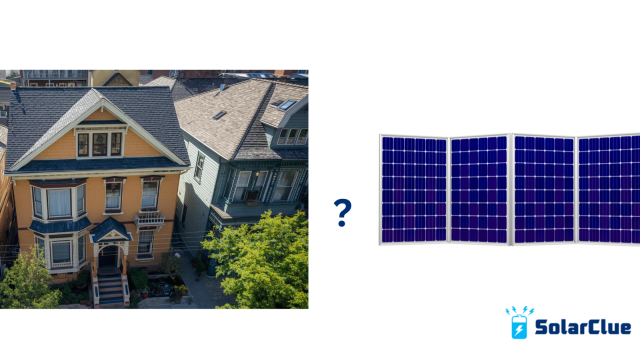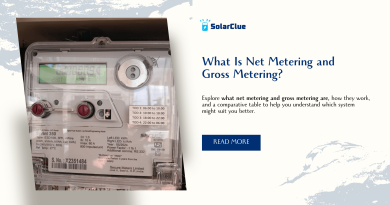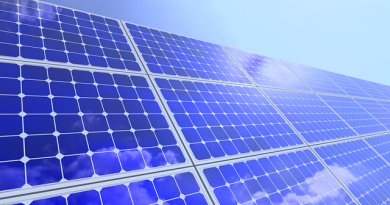Dissecting Solar Panel Installation for Independent House. Checklist

Table of Contents
1.Assess Your Energy Consumption Needs
2. Estimate the size of Solar System
3. Set your budget and financial needs
4. Choose the type of Solar Panel
5. Select an Inverter
6. Estimate the installation and maintenance cost
7. Consider government subsidies and incentives
8. Check for space and roof availability
9. Choose a reliable solar installer
10. Calculate the payback period
11. Finalize the decision
Installing solar panels for a residential setup on a limited budget requires careful planning to ensure maximum value for money. For a family, you’ll need a system that meets your household’s energy needs while staying within your budget.
Here’s a step-by-step guide to identifying the best choice:
1. Assess Your Energy Consumption Needs
• Average Monthly Electricity Consumption: Start by checking your electricity bill to see your average monthly consumption in kWh (kilowatt-hours). Typically, a family of 5 might consume around 300-600 kWh per month, depending on lifestyle, appliances, and usage patterns.
• Appliance Load: List major appliances like ACs, refrigerators, TVs, water heaters, washing machines, etc. This will help estimate the total energy needed.
2. Estimate the Size of the Solar System
• A typical residential solar system is rated in kilowatts (kW). To estimate the system size:
o Daily Consumption (in kWh) = Monthly Consumption (in kWh) / 30 days.
o Solar energy output depends on the solar panels’ efficiency and the number of sunlight hours per day in Bangalore (approximately 4-5 hours of direct sunlight on average).
o Required System Size (kW) = Daily Consumption (kWh) / (Sunlight Hours per day × Solar Panel Efficiency).
Example:
If your monthly consumption is 500 kWh, your daily consumption is 500 / 30 = 16.67 kWh.
If the system gets 5 hours of sunlight a day, and the solar panel efficiency is 0.8,
Required system size = 16.67 kWh / (5 hours × 0.8) ≈ 4.17 kW.
3. Set Your Budget & Financial Goals
• If your budget is ₹4,00,000, which typically covers the cost of the solar panels, inverter, wiring, installation, and other components.
• The cost per watt for a solar system typically ranges from ₹35 to ₹50 (depending on the quality of panels and installation charges).
o For example, at ₹40 per watt:
Maximum capacity you can afford = ₹4,00,000 / ₹40 = 10,000 watts or 10 kW.
But, keep in mind that you may only need a 4-5 kW system to cover your daily usage. So, the key is to balance efficiency and cost.
4. Choose the Type of Solar Panel
There are different types of solar panels to choose from:
• Monocrystalline Panels: Most efficient and durable, but also more expensive (₹45-₹50 per watt).
• Polycrystalline Panels: Slightly less efficient, but more affordable (₹35-₹40 per watt).
• Thin-Film Panels: Cheapest, but least efficient and take up more space.
Given your budget, you may lean towards polycrystalline or monocrystalline panels, depending on the price and efficiency balance.
5. Select an Inverter
• The inverter converts DC power from the panels to AC power for home use.
• String Inverters are cost-effective and suitable for smaller systems.
• Microinverters offer more efficiency, especially if your roof has shading issues but can be more expensive.
• Choose an inverter that matches the system size (e.g., a 5kW inverter for a 5kW system).
6. Estimate Installation and Maintenance Costs
• Installation costs typically range from ₹30,000 to ₹50,000 for residential setups depending on the complexity (roof structure, electrical wiring, etc.).
• Look for warranty and after-sales service, as solar panels typically last 25+ years, but it’s good to have a clear understanding of maintenance costs and service terms.
7. Consider Government Subsidies and Incentives
• The Indian government offers subsidies on solar installations for residential purposes. This can range from 20-40% of the cost, depending on your location and other factors.
• Contact your local DISCOM (Distribution Company) to check if any subsidies or incentives are available.
• You may also explore State-level subsidies for solar installations in Bangalore.
8. Check for Space and Roof Suitability
• Assess the available roof space to install the solar panels. For a 4-5 kW system, you may need approximately 300-400 square feet of roof area, depending on the type of panels.
• Ensure the roof is free from significant shading (from trees, tall buildings, etc.) and can support the weight of the system.
9. Choose a Reputable Solar Installer
• Do thorough research on installers. Look for certified installers (e.g., from MNRE or SECI), read reviews, and ask for references.
• Get at least 3 quotes to compare pricing and offerings (including warranty terms, system performance guarantees, etc.).• Confirm that the installer is experienced with local conditions and regulatory requirements.
10. Calculate Payback Period
• Payback Period = Total Investment / Annual Savings from Solar System.
• Consider how much you will save on your electricity bills annually by switching to solar. In Bangalore, average savings can range from ₹25,000 to ₹50,000 per year, depending on your consumption and the solar system size.
11. Finalize the Decision
• Once you’ve compared all the options based on energy needs, budget, system size, and reliability, finalize your purchase and installation.
Key Considerations:
• Choose quality over quantity to ensure longevity and minimal maintenance costs in the long run.
• Focus on a balance between system size (coverage) and affordability.
• Ensure your solar panels come with a good warranty (typically 10-25 years) and the inverter with a minimum 5-year warranty.
Example Calculation:
Let’s say you opt for:
• System Size: 4 kW
• Panel Type: Polycrystalline (₹40 per watt)
• Total Cost: 4 kW × 1000 watts × ₹40 = ₹1,60,000
• Inverter & Installation: ₹40,000
• Total Project Cost: ₹2,00,000 (within your budget)
With the right choices, you could have a system up and running that reduces your electricity bills significantly while being within your ₹4,00,000 budget.


